Lake Garda: exciting whites
Posted on 13 November 2010
I’ve spent a week on the Garda Lake last September, exploring the region’s wines and foods. Blessed with hundreds of thousands of affluent tourists each year, the Garda produces predominantly a serious rosé called chiaretto, followed by some interesting lightish reds from the local Groppello grape.
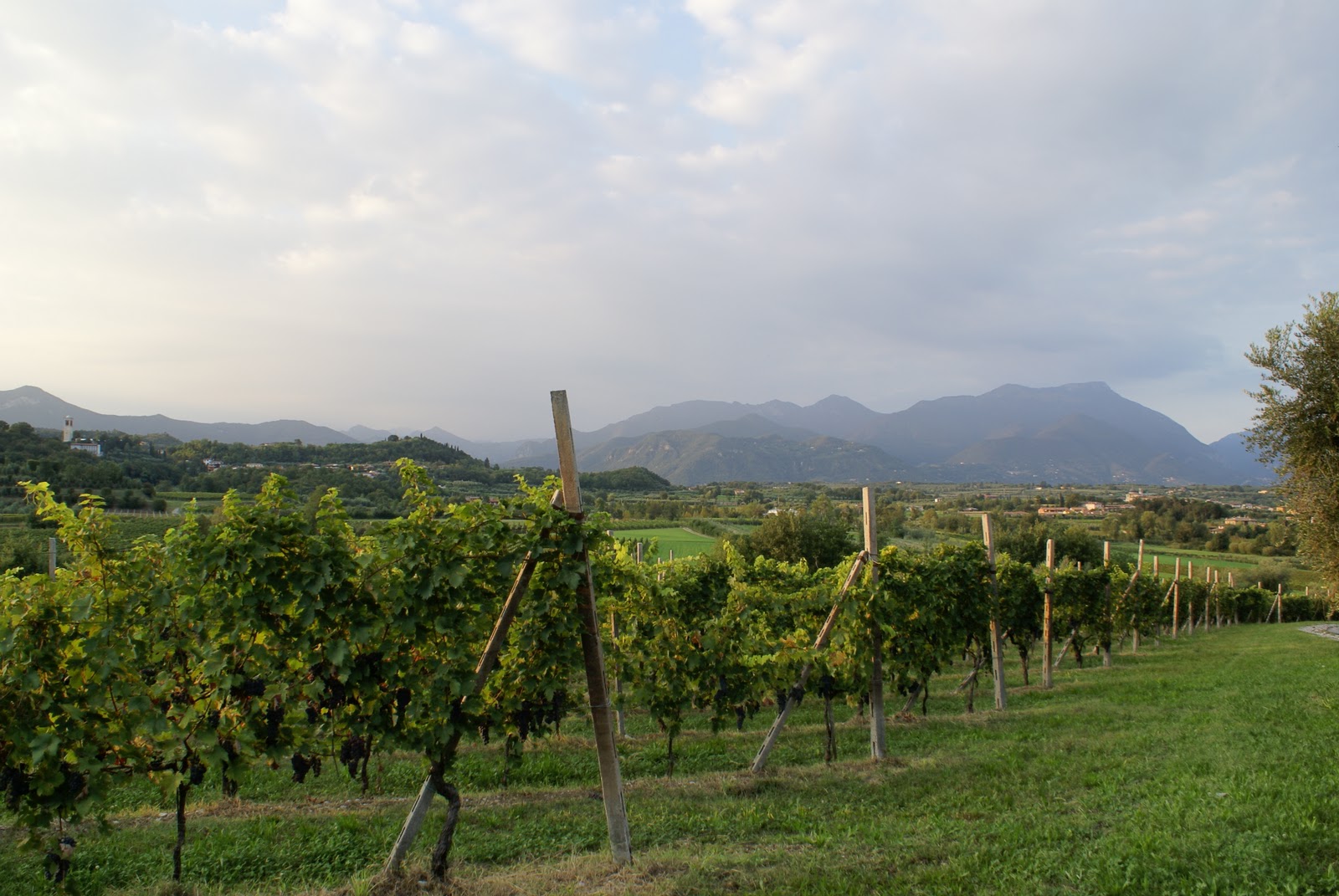 |
| Garda vineyards at Padenghe. |
White wine, contrarily to what you might expect from a holiday destination with delicious lake fish, takes a back stage. The area’s historical white, Tocai, has now shrunk to the 60 hectares or so of the obscure San Martino della Battaglia DOC: pithy and mineral with Tocai’s low acidity, the wine has some interest but remains a curiosity. (One good producer is Spia d’Italia whose Bianco dell’Erta 2008 I enjoyed).
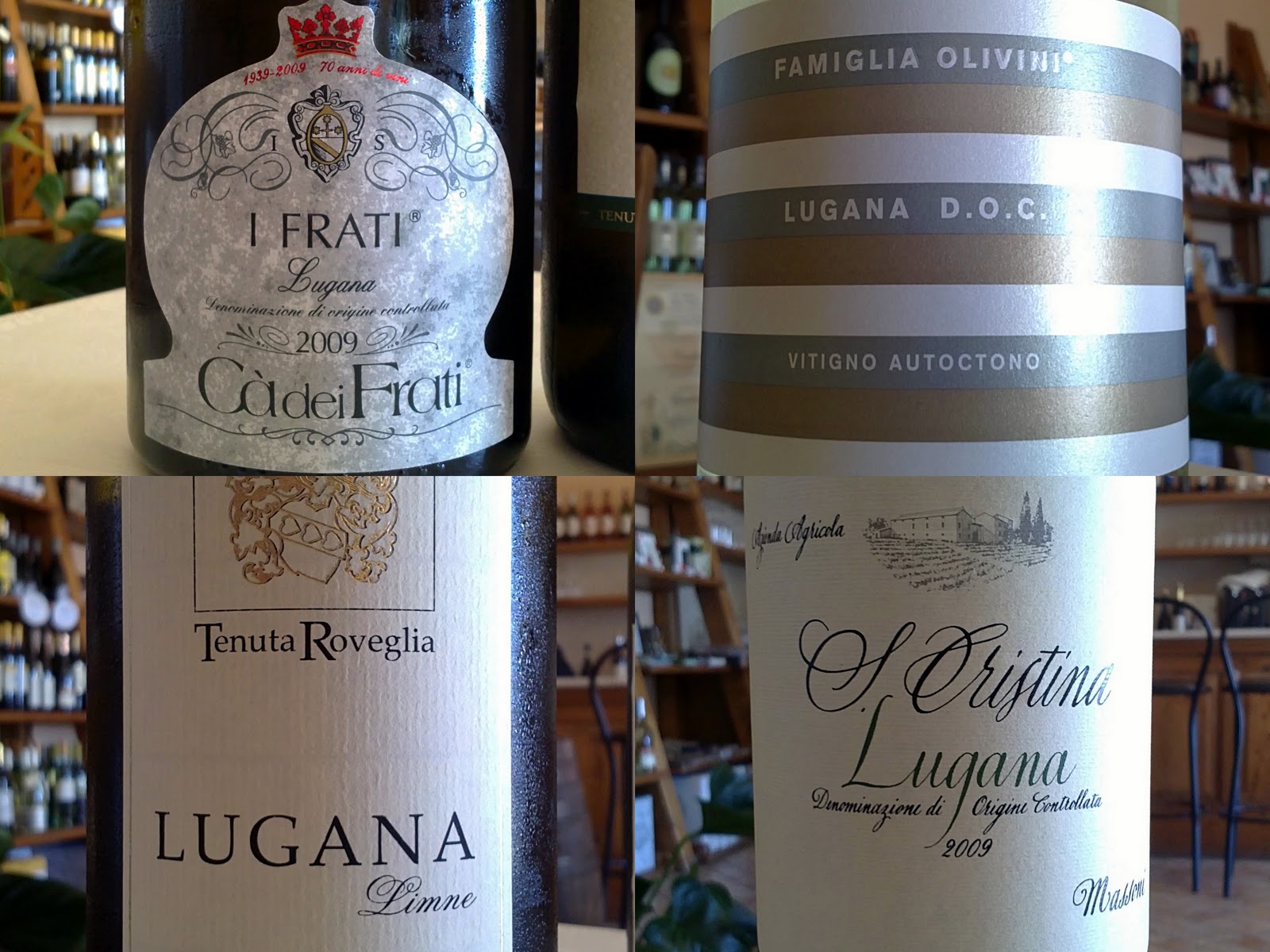 |
| Some of the Luganas I recommend. |
Far more popular is Lugana, a tourist’s favourite from the Trebbiano di Lugana (aka Turbiana) grape grown on a patch of clay soils at Garda’s extreme south. Lugana is very widely available and at 8–10€ a somewhat pricey but reliable light- to medium-bodied white with good minerality. From a tasting session of roughly twenty wines, my favourites were Olivini, Tenuta Roveglia, Provenza and, last not least, the very serious duo of Luganas from San Giovanni, including the assertive, mouthfilling Busocaldo made according to a bizarre recipe where the wine is aged on twenty times the amount of its own lees (!).
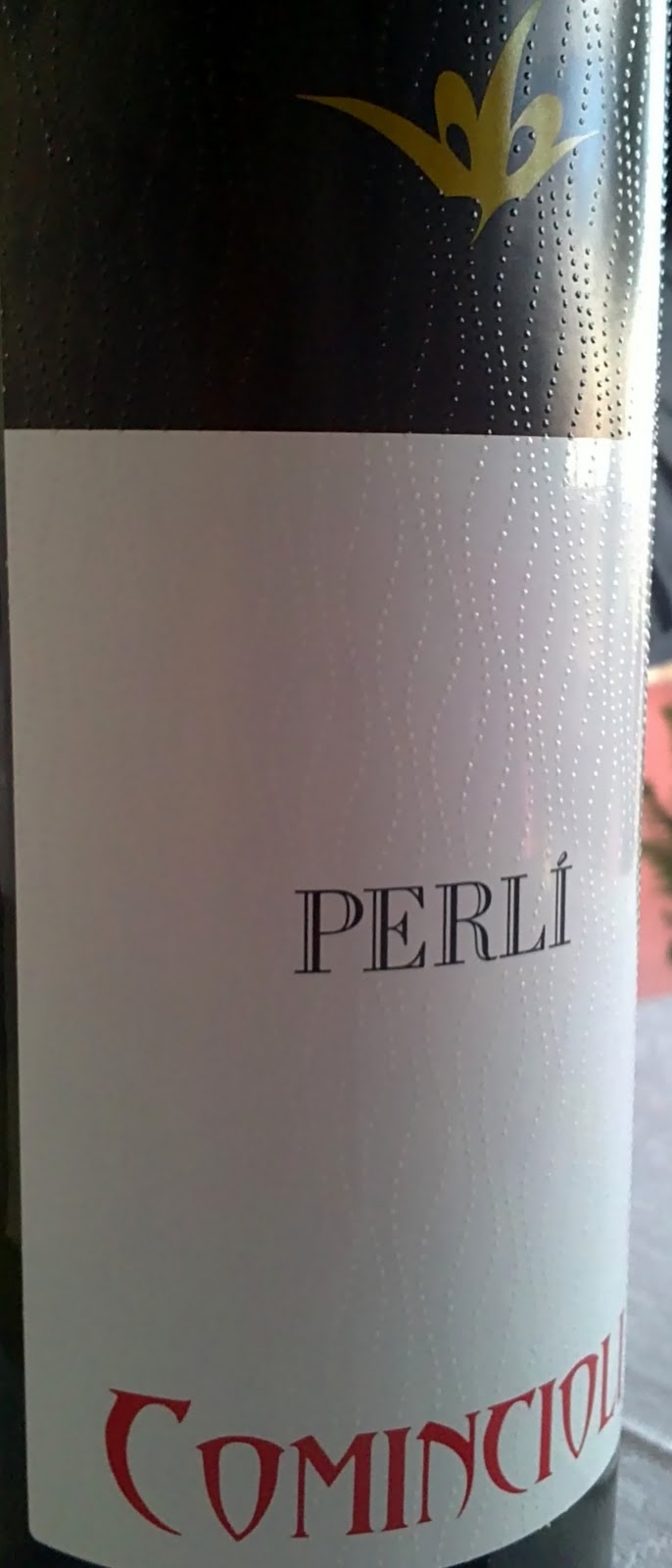
However, it’s the whites wines from Garda’s western shore that have caught my eye during this stay. Curiously, the Riesling Renano (German Riesling) has a long tradition here, and appears as a varietal or blended with Chardonnay, Riesling Italico and/or Manzoni. Given the area’s mild, Mediterranean, well-ventilated climate the wines acquire a rich, broad character unlike Riesling in Germany, but the grape’s inherent acidic drive provides really good balance.
The white Gardas worth seeking come from Comincioli (Perlí blends Trebbiano with local Erbamat – exceptionally there’s not Riesling – short skin contact results in plenty of saline minerality and a really interesting profile); Monte Cicogna (Il Torrione), and San Giovanni (Reis: one of the most mineral wines I’ve had).
Today I am retasting a memorable bottle I had at Cantrina. This peculiar estate a bit further west from the Garda belongs to artist Cristina Inganni, and was originally conceived as a Pinot Noir winery. Over the years the emphasis has switched towards local grapes such as Groppello and Riesling, though the entire range is highly individual and reflects Cristina’s very free, unorthodox approach.
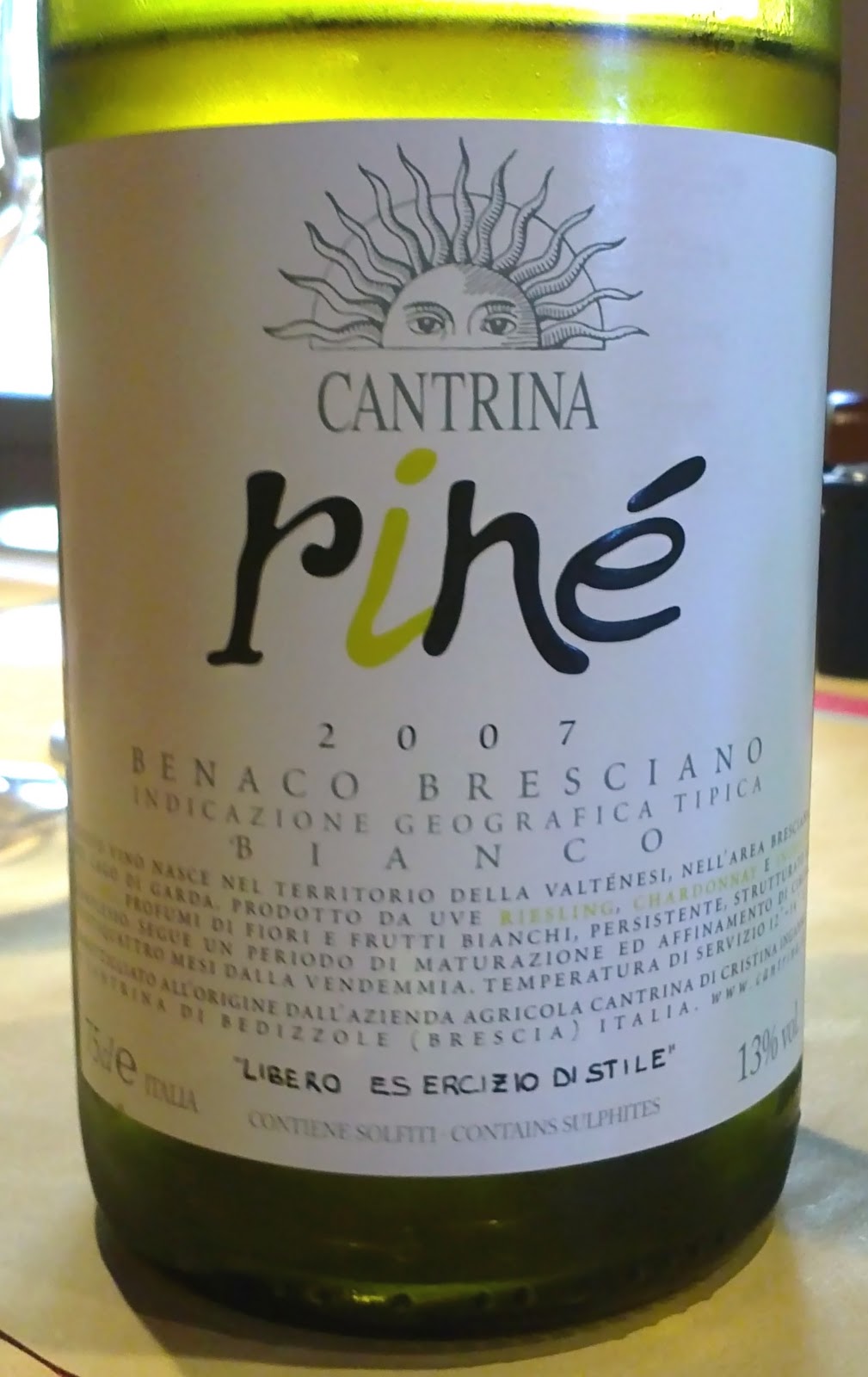
The dry white Riné has also evolved: originally stronger on Chardonnay, the 2002 vintage we tasted was showing broad-shouldered and a little oaky although surely not yet another oaked Chardonnay: the heavy, stoney clay soils here gives wines with plenty of backbone and that distinctive saline taste of minerality. (They’re not too high in acids, on the other hand). The 2007 Riné has over 50% Riesling and so is a crisper, juicier white. It’s already a little advanced (consistently with Cristina’s saying: Mi piacciono vini bianchi evoluti) but has plenty of substance and an interesting interplay between creamy ripeness and mineral terroir. A very personal wine.
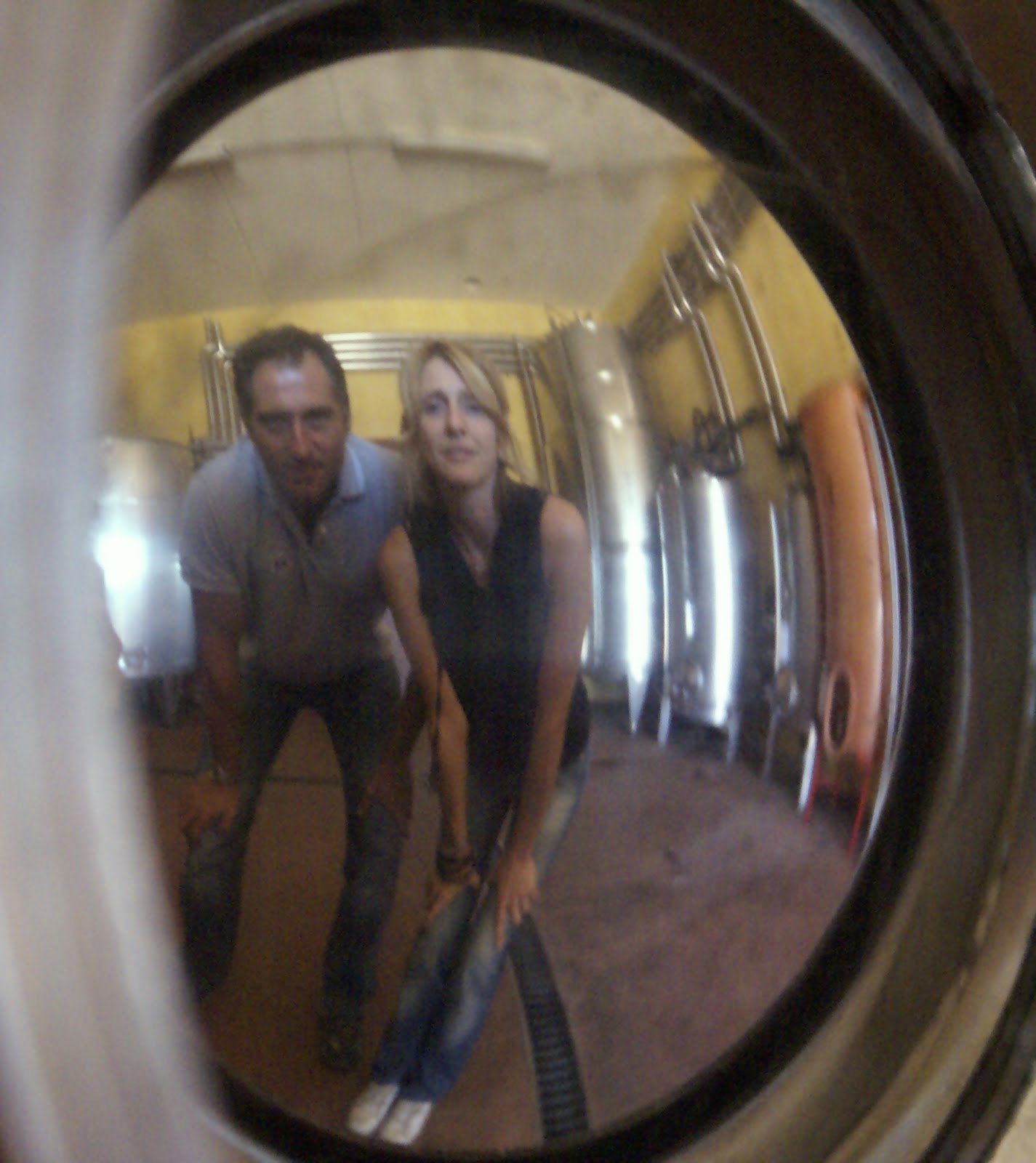 |
| Cristina Inganni and Diego Lavo of Cantrina. |
Disclosure
Source of wine: received as gift upon a visit to the winery.






